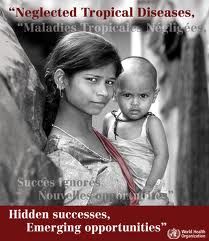Four years ago I wrote an article about Guinea-worm disease, one of the top ten neglected tropical diseases. Thirty years ago the former President Jimmy Carter’s foundation embarked on a program to eliminate the agonizing and debilitating parasitic disease that has plagued Africa for centuries. They are now close to eliminating it and it is Pres. Carter’s wish to see it gone before he is.
When former President Jimmy Carter announced Thursday that his cancer had spread to his brain, he also revealed he had some unfinished business he wants to see through.
“I would like to see Guinea worm completely eradicated before I die,” the philanthropist said. “I’d like for the last Guinea worm to die before I do.”
Carter went on to explain that there are currently only 11 cases of dracunculiasis, or guinea worm disease, in the world. That’s a precipitous drop from 3.5 million cases across 21 countries in 1986, when he first set out to conquer the disease through his nonprofit organization the Carter Center. [..]
When Guinea worm has been eradicated, it will be only the second time in human history that a disease has been totally wiped out. The first, smallpox, was eradicated in 1977, according to the World Health Organization. Experts from the Centers for Disease Control and Prevention estimate that Guinea worm will meet the same fate – a final piece in Carter’s legacy.
Below is the article I wrote in 2011 about the Guinea-worm disease which is no longer neglected and may soon no longer exist. Thank you and bless you, Pres. Carter. May he live to see this disease gone and longer.

 This is a series of diaries focused on the
This is a series of diaries focused on the